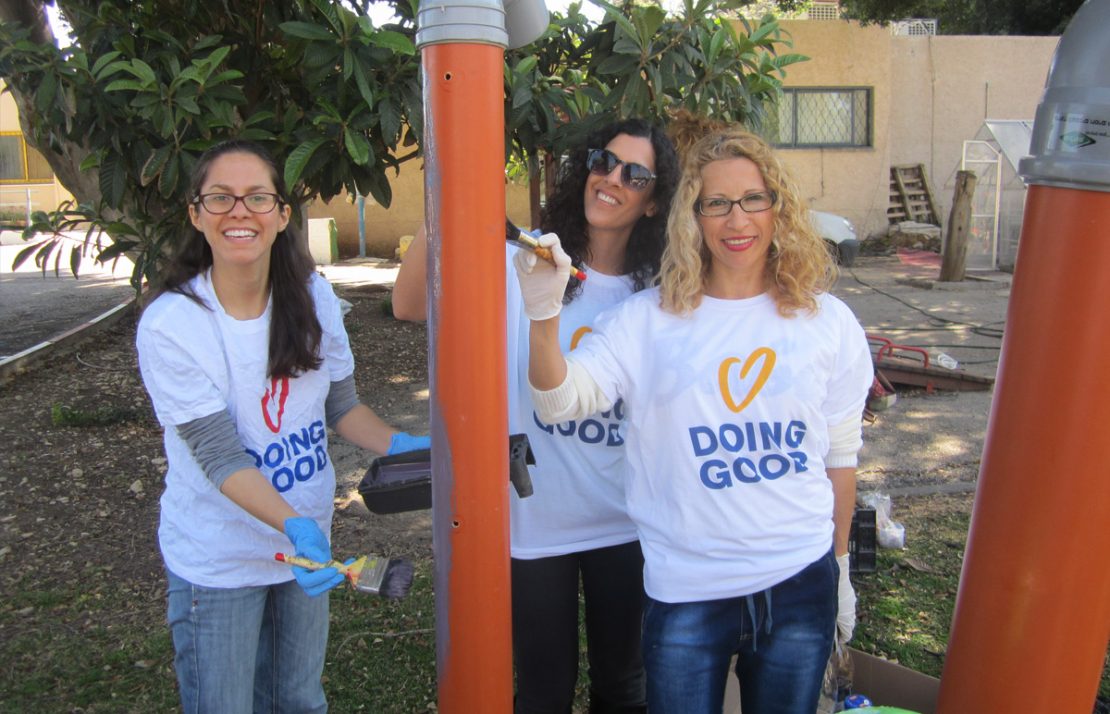
What’s common between a startup and a nonprofit? Much like startups, nonprofits are low on resources. In order to develop and scale, nonprofits must identify and optimize their strengths and carefully leverage their limited resources in order to expand.
I’ve drawn inspiration from my learnings at my previous company, where I helped incubate a newly acquired startup with a five-member engineering team. Over the 2.5 years I spent with them, we learned to build and scale our portfolio, reaching multiple customers across the globe and gradually growing our team across multiple locations to serve the needs of our expanded customer reach.
Here are four practices that successful startup founders advocate for that would help nonprofits:
Customer First
Much like any company, your company is only successful if your customers find you valuable. While startups have to walk the thin line between what their stakeholders want and what’s right for their customers, nonprofits need to walk that same line between managing their donors and what is right for the community. Engaging with your end customers or your community members on a regular basis is crucial to keep a finger on your company’s pulse and understand how you are doing. Holding frequent “voice of customer” sessions and member interviews and responding to feedback through social media channels will enable founders to stay closely connected with their members and so they can address pain points.
Don’t Build For Scale
Successful startups don’t build for scale. A startup typically starts with a niche product idea that solves a specific need for a specific market segment. Founders of the startup seek out early adopters who gravitate toward their idea and are willing to try out their product. Often, after identifying an initial user group, a startup tends to start thinking about scaling. It indulges in building additional features that will attract a wider audience, which, in the founders’ minds, would enable the startup to expand its market share.
Instead, a successful startup works with its first few clients to really understand what parts of the product or service are resonating well versus what parts are not. It continues to refine its offerings by closely engaging and monitoring its customers’ usage patterns and seeking constant feedback to refine its solution until it achieves a true product-market fit.
Similarly, when a nonprofit begins to work with and offer its services to a local community, the initial stages are crucial to establish a product-market fit. Founders and leaders of nonprofits must spend time learning what parts of their services are resonating with their community and how people view them as adding value to their lives. Close engagement with the local community at this stage will help them attract volunteers through word of mouth and frequent in-person events. This wouldn’t be possible if the nonprofit chose to scale at an early stage when recruiting volunteers, and securing a true value proposition would be harder.
Build-Measure-Learn
You may have heard software product managers use the term MVP, or minimum viable product. The concept behind identifying an MVP is really to ensure that a product is only released when the developers truly feel it has an adequate set of features with acceptable quality and appeal to be adopted by the target market.
This is different from simply attracting their target audience — it is really about ensuring continued adoption and promotion of the product by their target audience. This is typically done with a thorough build-measure-learn iterative process. After getting the product or service out to a select group of early adopters, startup founders engage closely with them to measure how users are engaging with their service, what brings them to their service, where they see customers drop off, etc. Eventually, after a few iterations, the startup will have arrived at its MVP, a minimum viable version of the product that has achieved product-market fit. It can now pursue more users within its segment to increase adoption. This process of building a solution through monitoring performance and incorporating feedback to improve is incredibly valuable and is fundamental to building a product that will stand the test of the market.
The same applies to nonprofits. A nonprofit typically addresses a niche problem in society and needs to work closely with its early members and volunteers to continue to grow. At this stage, it is important for nonprofit leaders to setup success criteria that will enable them to measure progress. Resources are limited at nonprofits, and every initiative must have clear objectives and measurable key results. Member signups, retention, event participation, social media impressions, promoter scores and survey results are some of the critical measures nonprofits should implement to ensure they are growing in a direction that is sustainable and will continue to deliver value to their community.
Crossing The Chasm
Growth is often defined by a hockey stick curve, where a company goes through a period of investments and learning until it crosses the chasm of product-market fit. This is followed by an exponential upward lift in its growth metrics. Growth can be defined in many ways: revenue, number of users, market share, etc. For nonprofits that do not operate on revenue targets, growth is defined by several other metrics, such as increased member signups and increased donations.
When is the right time to expand to additional regions or add adjacent services that would address adjacent needs of your community? The formula is not very different from the hockey curve for startups looking to grow revenue. Crossing the chasm is a crucial moment in the life of a company and is indicative of the point in time where the value your company offers is truly meeting the needs of your audience. At this stage, nonprofits should double down on their efforts to drive exponential growth numbers, secure appropriate donations and build relevant partnerships to fully realize the value and potential of their services.
This article was originally published on Forbes and appears here with permission.
Join nonprofit and corporate leaders from around the world to learn, share, and discover new ways to create a positive impact at one of the upcoming Good Deeds Day Regional Conferences!




